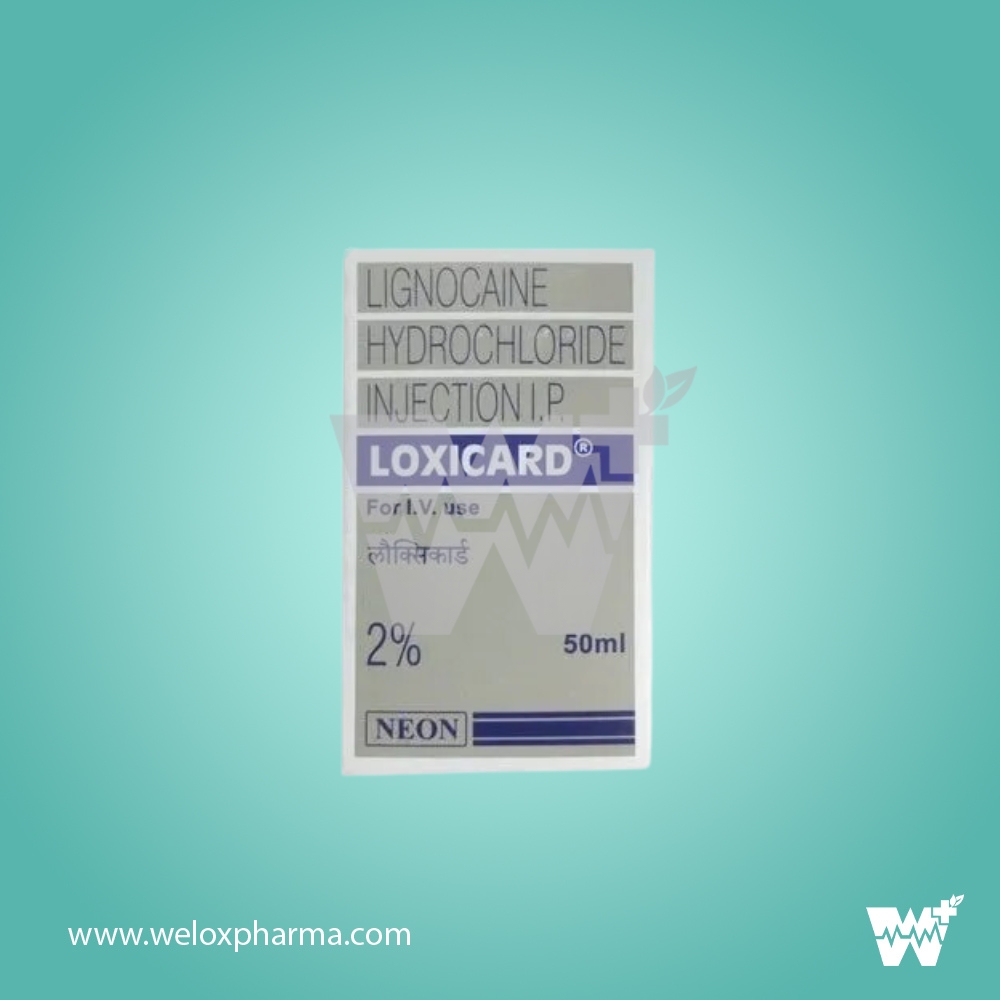



Introduction to Loxicard Lignocaine Hydrochloride Injection
Loxicard Lignocaine Hydrochloride Injection 5% is designed to provide localized anesthesia, ensuring patient comfort and procedural efficiency. This solution is widely used in various medical and surgical settings to achieve temporary loss of sensation in targeted areas.
Uses of Loxicard Lignocaine Hydrochloride Injection
Local Anesthesia: Provides numbness in specific areas for minor surgical procedures.
Dental Procedures: Used to numb the mouth and gums during dental treatments.
Minor Surgical Interventions: Facilitates pain-free minor surgeries and wound stitching.
Diagnostic Procedures: Aids in performing pain-free diagnostic tests like biopsies.
Pain Management: Used in the management of acute pain conditions such as nerve blocks.
Benefits of Loxicard Lignocaine Hydrochloride Injection
Rapid Onset: Provides quick numbing action, allowing for immediate procedural intervention.
Effective Pain Relief: Ensures effective local anesthesia for various medical and dental procedures.
Long-Lasting Effect: Offers prolonged numbing effect, reducing the need for repeated injections.
Versatile Application: Suitable for a wide range of medical, surgical, and dental uses.
Enhanced Patient Comfort: Minimizes pain and discomfort during procedures, improving patient experience.
Mechanism of Action of Loxicard Lignocaine Hydrochloride Injection
Lignocaine Hydrochloride: Works by blocking sodium channels in nerve cells, preventing the transmission of pain signals to the brain. This action results in temporary loss of sensation in the targeted area, providing effective local anesthesia.